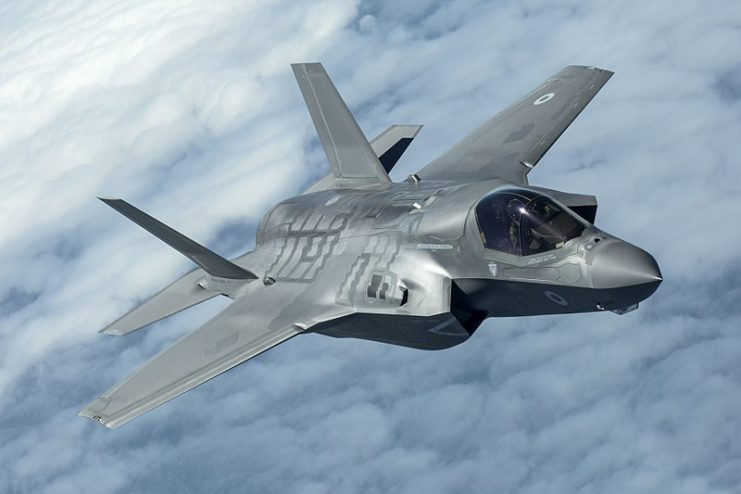A Pentagon spokesman confirmed on October 11, 2018, that the US armed forces have temporarily grounded their entire fleet of F-35 fighter planes following a crash at Beaufort, South Carolina on September 28.
Investigators believe that a problem with the fighter’s fuel tubes was the most likely cause of the crash and there is a concern that the problem could be replicated across the entire fleet.
The F-35 Joint Program Office announced that flight operations are temporarily suspended while fleet-wide inspections are carried out. “If suspect fuel tubes are installed, the part will be removed and replaced.” If the fuel tubes are “known good fuel tubes” then the aircraft will be returned to flight-ready status straight away.
At the time of the statement, inspections were expected to take no more than 48 hours.
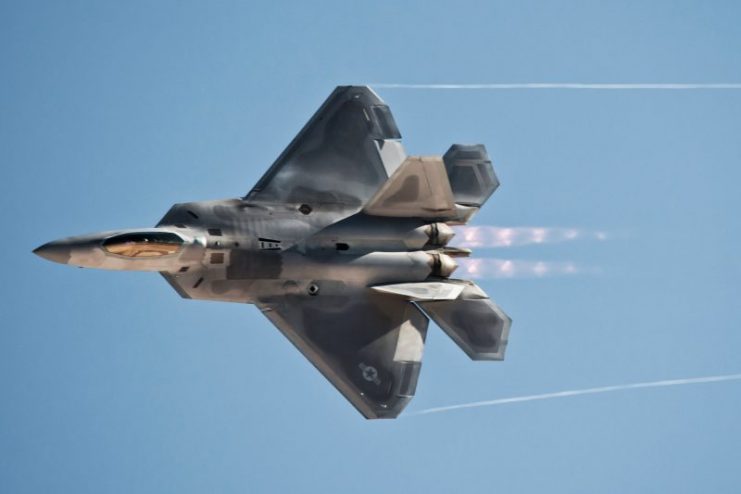
It is thought that the suspect fuel tubes for the Pratt and Whitney engines relate to supply from a subcontractor. Michael Friedman, a spokesman for manufacturer Lockheed Martin, said, “We are actively partnering with the Pentagon’s F-35 Joint Program Office, our global customers, and Pratt & Whitney to support the resolution of this issue and limit disruption to the fleet.”
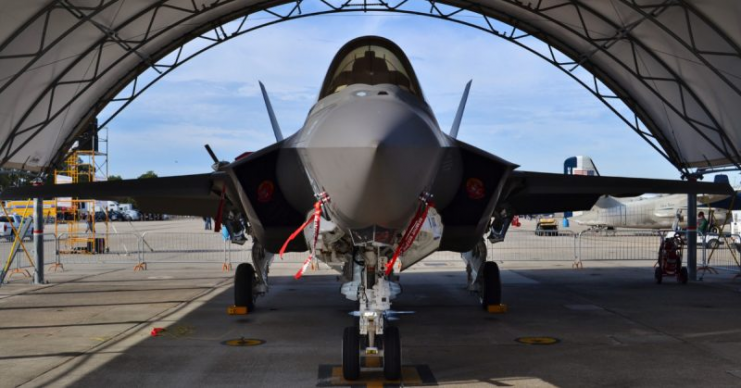
During the incident which triggered the grounding of the planes, the pilot safely ejected from the aircraft. The plane belonged to the “Warlords,” 2nd Marine Aircraft Wing, Marine Fighter Attack Training Squad 501, the largest squadron on American soil. The squadron is a Joint Command, training British and American pilots and ground crew side by side.
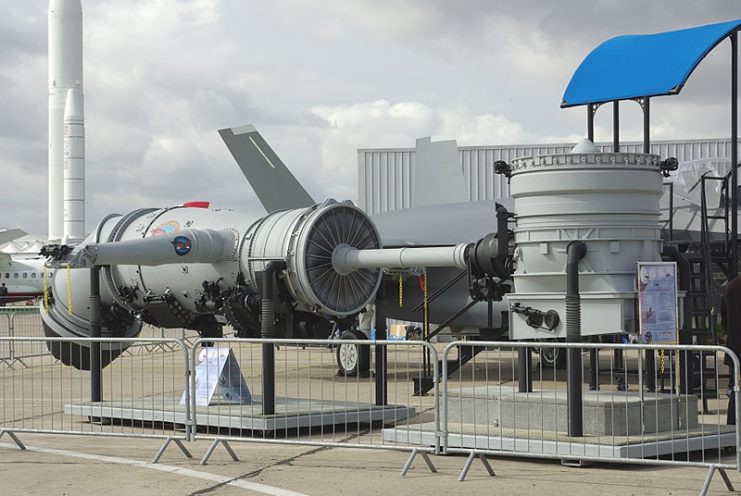
The Joint Program Office confirmed that the “aircraft mishap board is continuing its work and the US Marine Corps will provide additional information when it becomes available.”
Meanwhile, the British Ministry of Defense confirmed that it had only “paused some F-35 flying,” while it awaited the findings of the US investigation, insisting that the F-35 program remained “on schedule.”
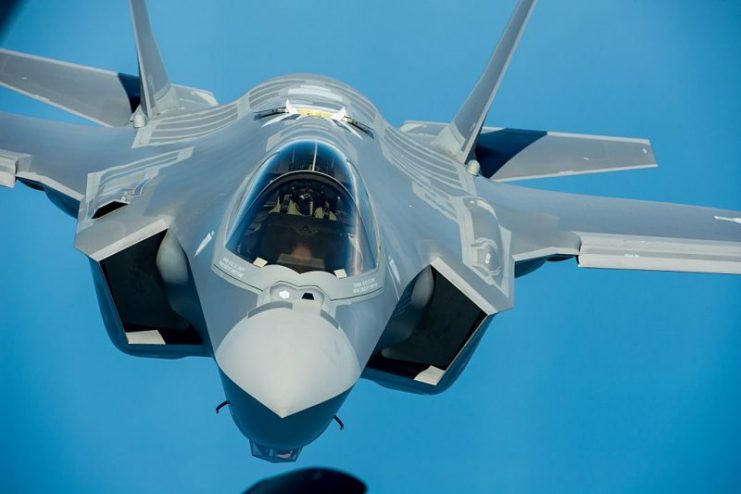
The crash incident came just one day after the Pentagon had announced the very first combat mission by a Marine Corps F-35B. The aircraft had been launched from the amphibious warship Essex and had struck targets in Afghanistan.
The troubled F-35 fighter program is the most expensive in the US military’s history with a lifetime cost of $1 trillion.
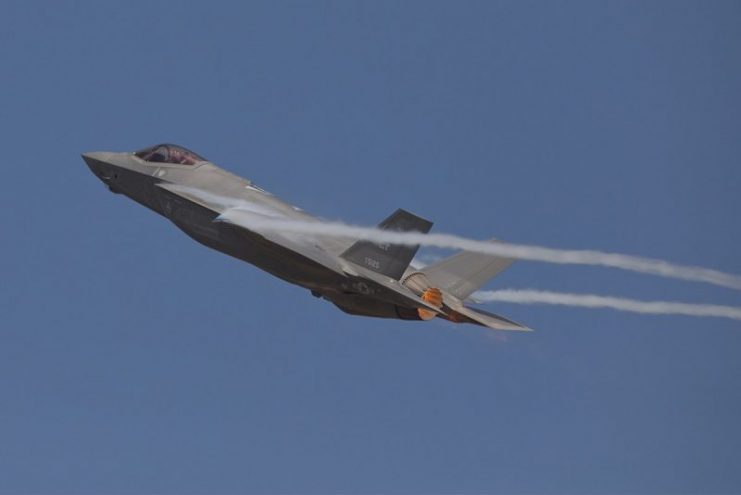
Currently, the US Air Force has taken delivery of 156 F-35A aircraft, the Marine Corps has 61 F-35Bs, and the US Navy has 28 F-35Cs. The Marine Corps was the first to declare the F-35B operational in 2015 with the Air Force following in 2016.
The Navy has plans to confirm operational capability for the F-35C aircraft carrier variant early in 2019, but it too has been beset by delays and earlier targets have been missed.
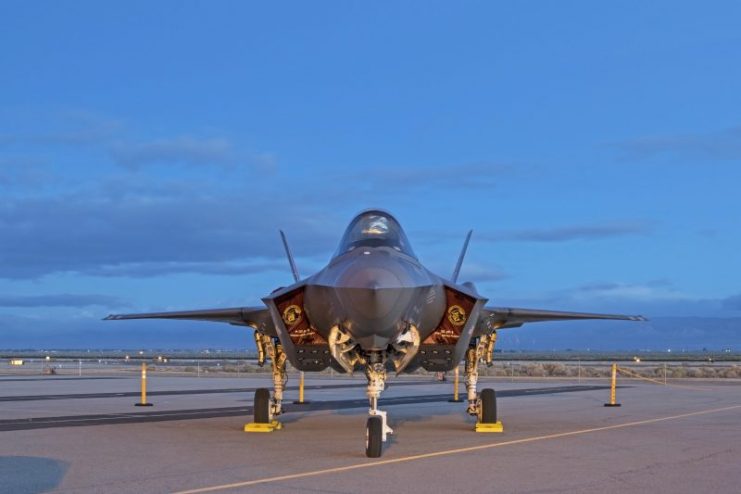
In recent months the Navy has had issues with the nose wheel oscillating vertically during catapult launches. There are also problems with helmet visibility, especially with regard to night time landings.
Added to this, the Marines have concerns regarding lightning strikes, and there are security difficulties facing Sovereign Data Management System.
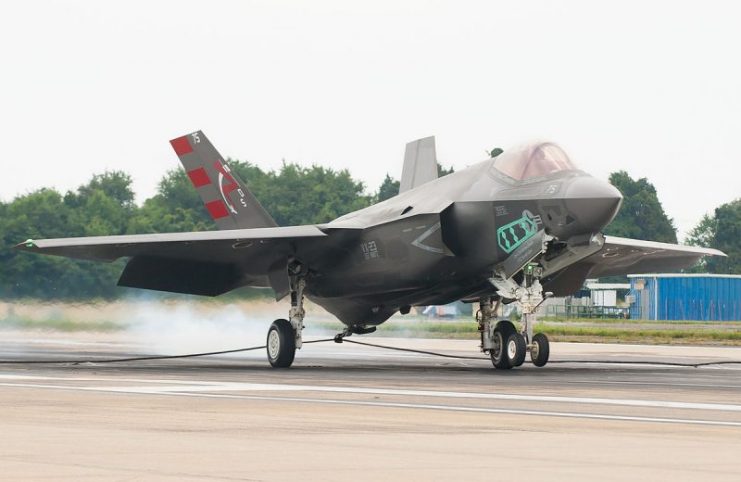
On September 4, 2018, a brand-new F-35C Lightning II and an F/A 18 Super Hornet were damaged while carrying out in-flight mid-air refueling over the North Atlantic Ocean. The damage to the Lightning was rated Class A, which means that the repairs are expected to run into millions of dollars.
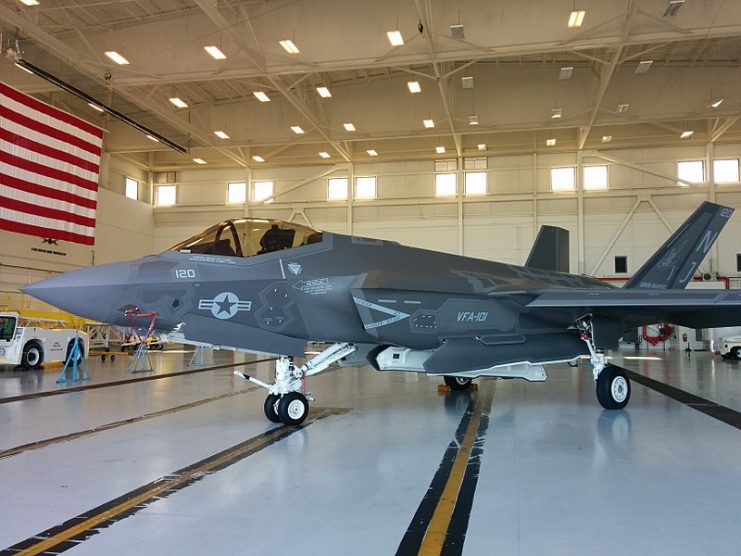
Read another story from us: Gone, But Not Forgotten – A Comeback for the F-14 Tomcat?
To add to the pressure on the US military, the grounding also comes just two days after US Secretary of Defense, Jim Mattis, stated that readiness rates on four of its aircraft, including the F-35, must be over 80 per-cent by September 2019. The last available data is for 2017 and shows a readiness rate of just 55 per-cent.
The current rate of progress suggests that this target will be another miss.
